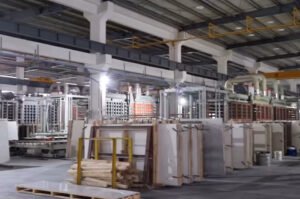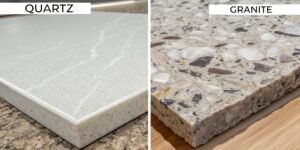Choosing the right countertop can feel overwhelming. You have to balance cost, durability, and a look you love. This guide compares quartz to other engineered stones, making your decision easier.
Engineered quartz is a mid-to-high-priced material. Its cost comes from its high-quality composition—about 90-95% natural quartz—and advanced manufacturing. This makes it a durable, beautiful, and valuable long-term investment compared to cheaper options like laminate.
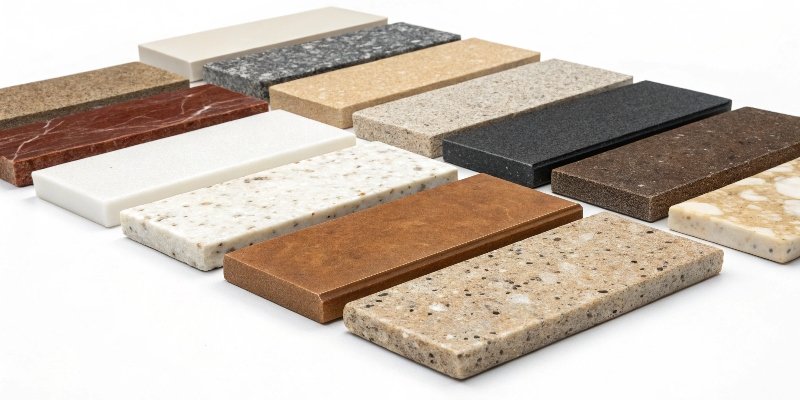
Understanding the right material for your project means looking beyond the price tag. The real value is in how a material performs day-to-day and holds up over time. Let's break down the options to see where quartz fits in. This will help you see why a slightly higher upfront cost can save you money and headaches in the future.
Which is better, quartz or engineered stone?
Are you confused by the terms "quartz" and "engineered stone"? You might see them as different choices. This confusion can lead to a poor decision for your project. Let's clear this up.
This is a bit of a trick question because quartz is an engineered stone. It's made from natural quartz crystals, resins, and pigments. The real question is how it compares to other engineered stones, like solid surface or porcelain.

The term "engineered stone" covers a wide variety of materials, and it's a point I often clarify for my clients. Procurement managers, like Rajiv, need to understand that "engineered stone" is not a single product. It’s a category. Quartz is a premium choice within that category. Once they grasp this, their focus shifts from the initial price to the long-term value and performance of the material. A material's composition directly impacts its durability, appearance, and cost. Understanding this helps you choose the right surface for your needs.
Understanding the "Engineered Stone" Family
Let's look at how quartz stacks up against other common types of engineered stone. This table makes the differences clear.
| Material | Composition | Key Benefit |
|---|---|---|
| Quartz | ~90-95% natural quartz, resins, pigments | Extreme durability and non-porous |
| Solid Surface | Acrylic or polyester resins, minerals | Seamless appearance, easy to repair |
| Laminate | Plastic fused to particleboard | Very low cost, wide design variety |
| Porcelain | High-fired clay, minerals | Excellent heat and stain resistance |
Each material serves a different purpose. Laminate is budget-friendly for a quick refresh, but it won't last. Solid surface offers design flexibility. Porcelain is tough but can be brittle. Quartz, which is our specialty, provides an excellent balance of strength, beauty, and ease of care.
Is quartz more expensive than stone?
You are likely weighing quartz against natural stones like marble or granite. The price difference can be confusing. Making the wrong choice could hurt your budget or leave you with a high-maintenance surface.
Generally, quartz is less expensive than premium natural stones like high-grade marble but can cost more than some lower-grade granites. It delivers a great mix of consistent appearance, durability, and low maintenance that natural stone often can't match for the price.
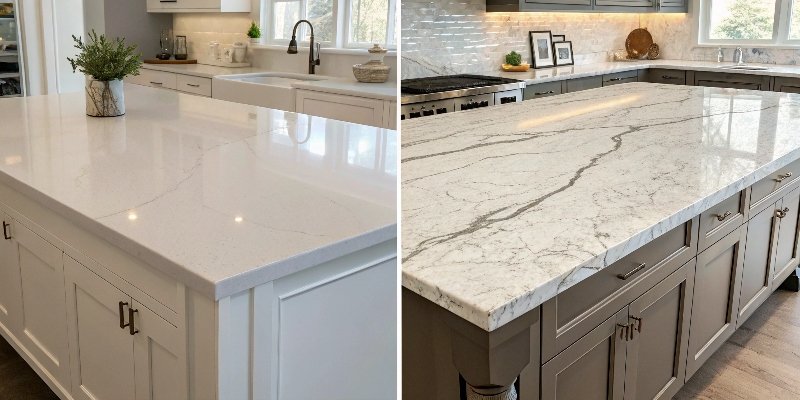
When you compare quartz to natural stone, you're looking at more than just the initial price per square meter. You have to consider the total cost of ownership. This includes installation, long-term maintenance, and potential repairs. Natural stone is beautiful but unpredictable. Its colors and patterns can vary wildly from one slab to the next, which can be a problem for large projects. It also requires regular sealing to prevent stains and damage. Quartz, on the other hand, gives you a consistent look and a non-porous surface that never needs sealing.
Comparing Quartz and Natural Stone Costs
I remember a project for a high-end hotel in Dubai. The designer wanted the luxurious look of Calacatta marble. Real marble was nearly triple the price of our quartz and would have been a maintenance nightmare for the hotel staff. We provided our Calacatta-style quartz for about $90 per square meter. It gave them that stunning, high-end look while saving them a fortune on both the material and its long-term upkeep.
| Factor | Quartz | Marble | Granite |
|---|---|---|---|
| Initial Cost | Mid to High | High to Very High | Low to High |
| Maintenance Cost | Very Low | High (requires sealing) | Medium (requires sealing) |
| Durability | Very High | Medium (can etch, stain) | High (can chip) |
| Aesthetic Consistency | High | Low | Medium |
Is engineered quartz cheaper?
You might hear "engineered" and think it means a cheaper alternative. Is that true for quartz? This assumption can mislead you when you are creating a budget and selecting materials for your project.
Engineered quartz isn't always the cheapest overall choice. It's usually more affordable than high-end natural marble but costs more than materials like laminate. Its price reflects its superior durability, non-porous surface, and consistent design quality.
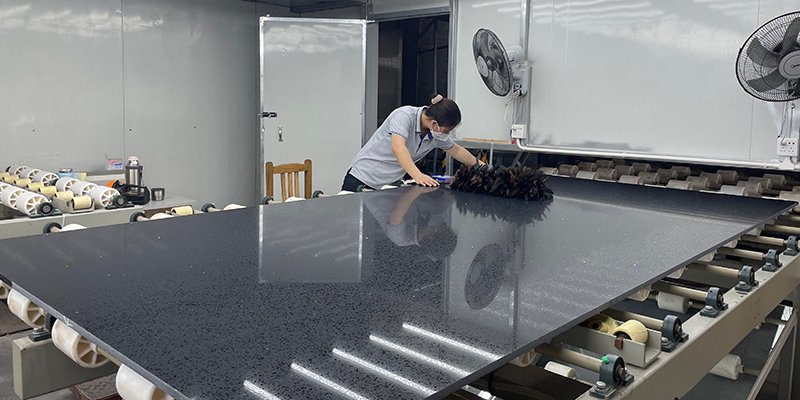
The price of a quartz slab is a direct reflection of what goes into it. We use high-purity natural quartz crystals, which are more expensive than the fillers used in other surfaces. The manufacturing process also uses advanced technology to press and cure the slabs, which ensures they are dense and strong. A few years ago, I had a client in Australia who was renovating his kitchen. He chose laminate at first because it was so cheap. But after just one year, the surface was covered in scratches and the edges were peeling. The cost of repairs was adding up. He ended up coming back to us for our quartz slabs because he realized the upfront savings were not worth the long-term hassle. For a procurement manager like Rajiv, calculating this total cost of ownership is a vital part of the job.
What Determines the Price of Quartz?
Several factors influence the final cost of a quartz slab. This table breaks them down.
| Cost Factor | Description |
|---|---|
| Raw Materials | The high percentage of natural quartz (90-95%) is a primary cost driver. Purer quartz costs more. |
| Manufacturing Process | We use advanced machinery, like Breton technology, to create dense, non-porous, and consistent slabs. |
| Design Complexity | Slabs with intricate veining that mimic natural marble require specialized pigments and production techniques, adding to the cost. |
| Brand & Origin | Well-known brands and slabs made in certain regions may have higher prices due to quality control and reputation. |
What is the downside to quartz countertops?
Quartz seems perfect, but you might worry there are hidden flaws. Overlooking its limits could lead to costly damage or disappointment with your project. Let's discuss the downsides openly so you can make an informed choice.
The main downsides of quartz are its lower resistance to high heat compared to granite and its sensitivity to UV light, which can cause discoloration if used outdoors. Also, seams can be more noticeable in complex patterns.
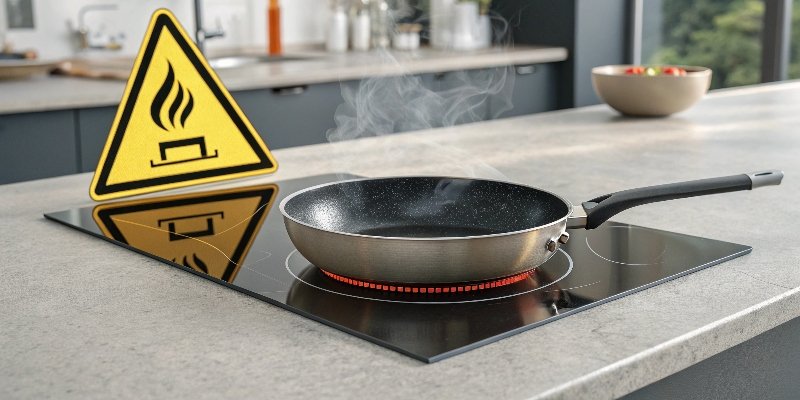
No material is perfect, and it's my job to be transparent about the limitations of quartz. I always have this conversation with clients to ensure they are happy with their countertops for years to come. For example, I had a client in Italy last year who was deciding between quartz and porcelain for a large commercial project. Porcelain is extremely heat-resistant but it's very hard and can be brittle, making it difficult for installers to cut and handle. My client’s fabrication team was more comfortable working with quartz. We chose a quartz slab that fit their design, and they were happy with the result because the installation was smooth. This is the kind of transparent communication that people like Rajiv value. It's about matching the product’s limits to the project's real-world needs.
Key Limitations to Consider
Honesty is critical in this business. Here are the key things to keep in mind when considering quartz.
| Downside | Explanation | My Recommendation |
|---|---|---|
| Heat Resistance | Sudden high heat from a pan can cause thermal shock, leading to cracks or discoloration. The resin can scorch. | Always use a trivet or hot pad. It's a simple habit that will protect your investment for years. |
| UV Sensitivity | When exposed to direct, prolonged sunlight, the resins in the slab can yellow or fade over time. | Do not use quartz for outdoor kitchens or countertops that get hours of direct sunlight every day. |
| Seam Visibility | While installers are skilled, the seam between two slabs can sometimes be visible, especially with complex patterns. | Choose a color and pattern that helps hide seams. A darker or more uniform design often works well. |
| Fabrication Skill | Quartz is heavy and needs to be cut and installed by professionals to avoid chipping and ensure a proper fit. | Always hire an experienced and reputable fabricator. A bad installation can ruin even the best material. |
Conclusion
Quartz is a mid-to-high priced engineered stone that offers great long-term value. Its durability and beauty justify the cost, but know its heat and UV limits to make the best choice.



